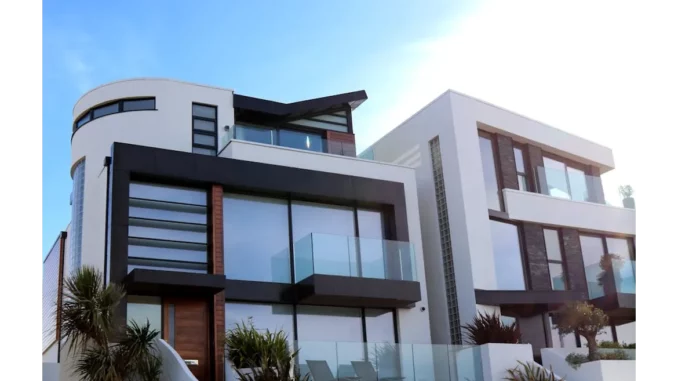
When it comes to understanding the finer details of building design, construction, and the materials that make up the fabric of our built environment, few people possess the depth of knowledge and hands-on experience that Emma Thompson does. As an architect with over twenty years in the field, Emma has seen firsthand how the efficiency and condition of building materials and services can make or break a project. I had the pleasure of sitting down with her to discuss the intricate balance between design, construction, and environmental factors.
Successful low-energy building design hinges on careful planning. Focus360 Energy can help.
Design and Construction: The Foundation of Sustainable Buildings
Emma began by describing the initial stages of any project, where design and construction are paramount. “Design is where it all starts,” she explained. “A well-thought-out design will not only meet the aesthetic needs of the client but also ensure that the building is functional and sustainable.”
One of the critical aspects Emma highlighted is the integration of hygrothermal behaviour in the design phase. “Understanding how heat and moisture move through building materials is crucial. It’s not just about keeping the rain out; it’s about managing the internal environment to ensure comfort and longevity of the building.” She pointed out that neglecting this aspect can lead to issues such as mould, condensation, and even structural damage over time.
Materials: The Building Blocks of Efficiency
Emma is a strong advocate for using high-quality, sustainable materials. “The choice of materials can significantly impact the building’s performance,” she noted. “For instance, using materials with high thermal mass can help regulate indoor temperatures, reducing the need for artificial heating and cooling.”
She shared an example from one of her recent projects, where the selection of natural, breathable materials made a significant difference. “We opted for materials like hempcrete and timber, which not only have excellent hygrothermal properties but are also environmentally friendly. The result was a building that was not only energy-efficient but also had a much smaller carbon footprint.”
Condition and Efficiency: Maintaining the Fabric of the Building
Beyond the initial construction, Emma emphasised the importance of maintaining the condition and efficiency of the building fabric and services. “A building is a living entity; it requires regular maintenance to perform at its best,” she said. “Things like insulation, windows, and HVAC systems need to be inspected and maintained regularly.”
Emma explained that regular maintenance helps to identify and address issues before they become major problems. “For example, a small leak in the roof might seem insignificant, but if left unchecked, it can lead to significant damage over time. Similarly, ensuring that insulation is in good condition can prevent heat loss and reduce energy bills.”
Local Environmental Factors: Adapting to the Surroundings
One of the most intriguing parts of our conversation was Emma’s discussion on the impact of local environmental factors. “Every building site is unique,” she said. “Factors such as local climate, topography, and even the surrounding vegetation can influence the design and construction process.”
She recounted a project where the local environment played a crucial role in the design. “We were working on a coastal property, which meant we had to contend with high winds, salt spray, and a high water table. These factors influenced everything from the choice of materials to the orientation of the building.”
Emma stressed the importance of conducting a thorough site analysis before beginning any project. “Understanding the local environment allows us to design buildings that are not only beautiful and functional but also resilient and sustainable.”
A Holistic Approach: Balancing All Factors
Towards the end of our conversation, Emma summarised her approach to architecture. “It’s all about balance,” she said. “We need to consider design, construction, materials, maintenance, and environmental factors as parts of a whole. Only then can we create buildings that are truly sustainable and efficient.”
She left me with a thought-provoking statement: “In architecture, we are not just creating structures; we are shaping the future. The decisions we make today will impact generations to come. It’s a responsibility we must take seriously.”
As I reflected on our conversation, it was clear that Emma’s dedication to her craft and her holistic approach to architecture set her apart. Her insights into the complexities of building design, construction, and maintenance provide valuable lessons for anyone involved in the built environment.
Lewis Davis


Be the first to comment